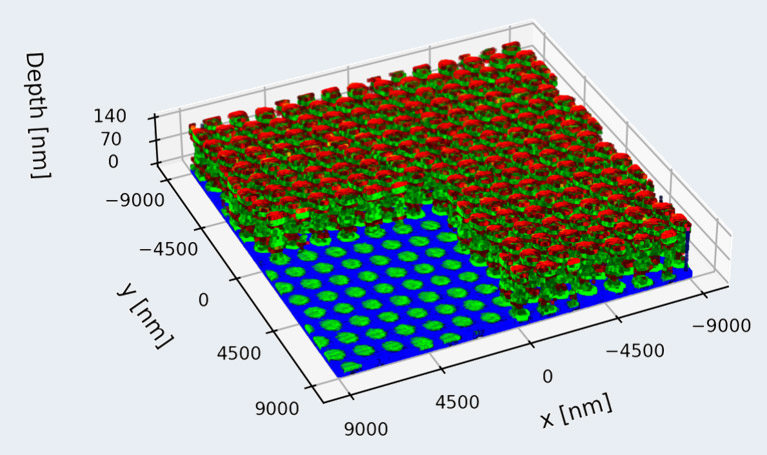It is designed and integrated in such a way that the secondary ion extraction optics can be inserted in between the sample and the objective lens of the FIB column during SIMS operation, while being retracted to a parking position on the side of the chamber for normal FIB operation.
Key features
MagSIMS takes nano characterization to the next level
Fast time to result
Highest resolution and sensitivity
Ease of use
Precision technology developed to challenge the frontiers of nanotechnology
Mass spectrometer
MagSIMS features a double focussing Mattauch-Herzog mass spectrometer for the precise measurement of the mass-to-charge ratio (m/z) of ions. The advantage of a double-focusing mass spectrometer is high-resolution capability and accurate measurements of m/z ratios for a wide range of ions. This makes it particularly useful for applications in analytical chemistry, isotope ratio measurements, and the study of complex mixtures of compounds.





Sample courtesy of Athira Suresh Kumar (Luxembourg Institute of Science and Technology)

